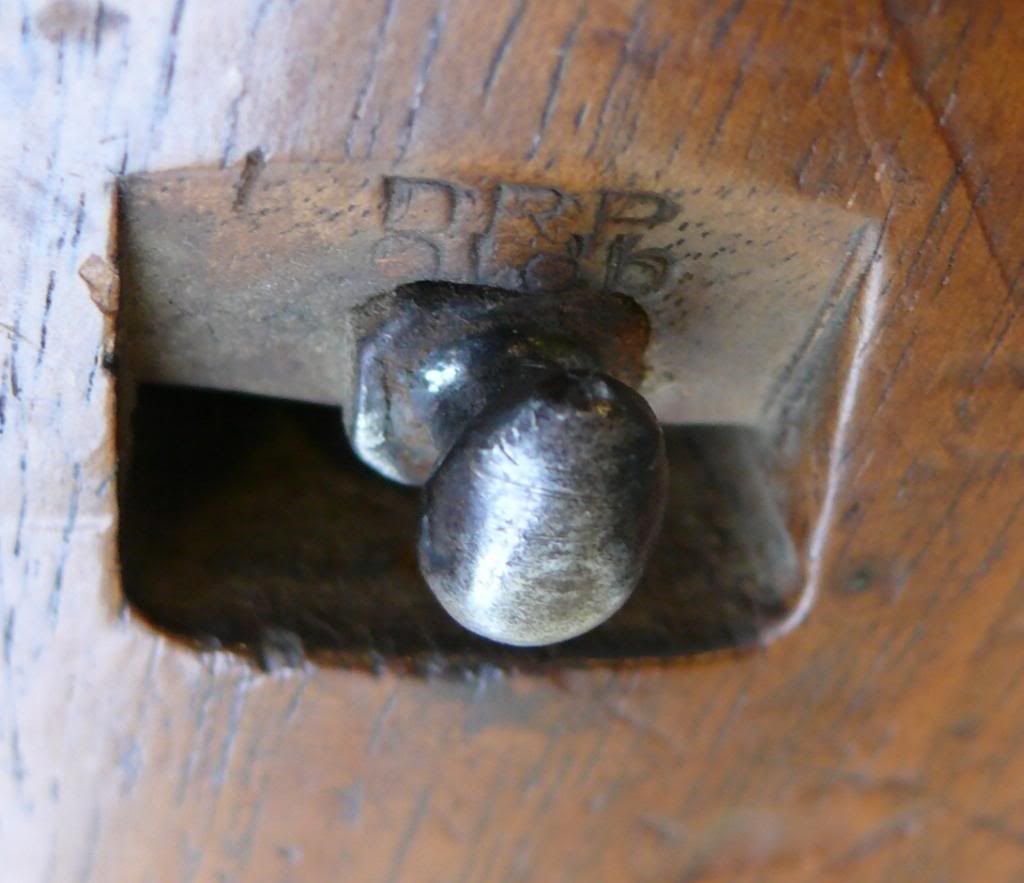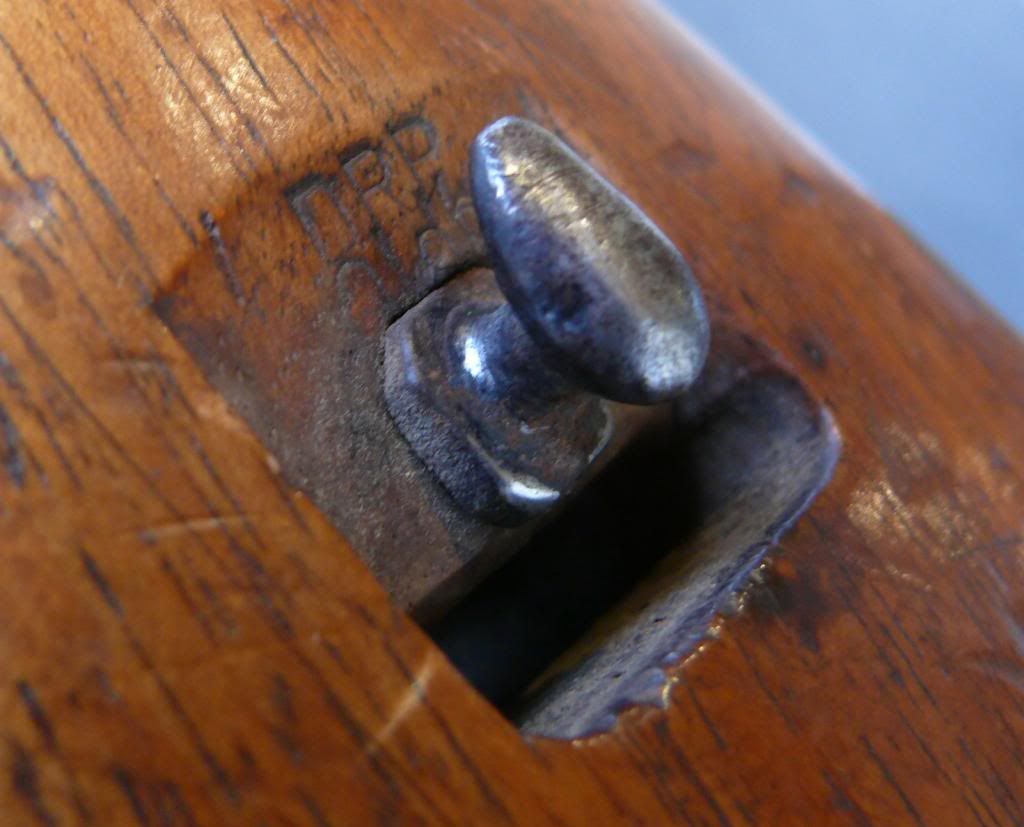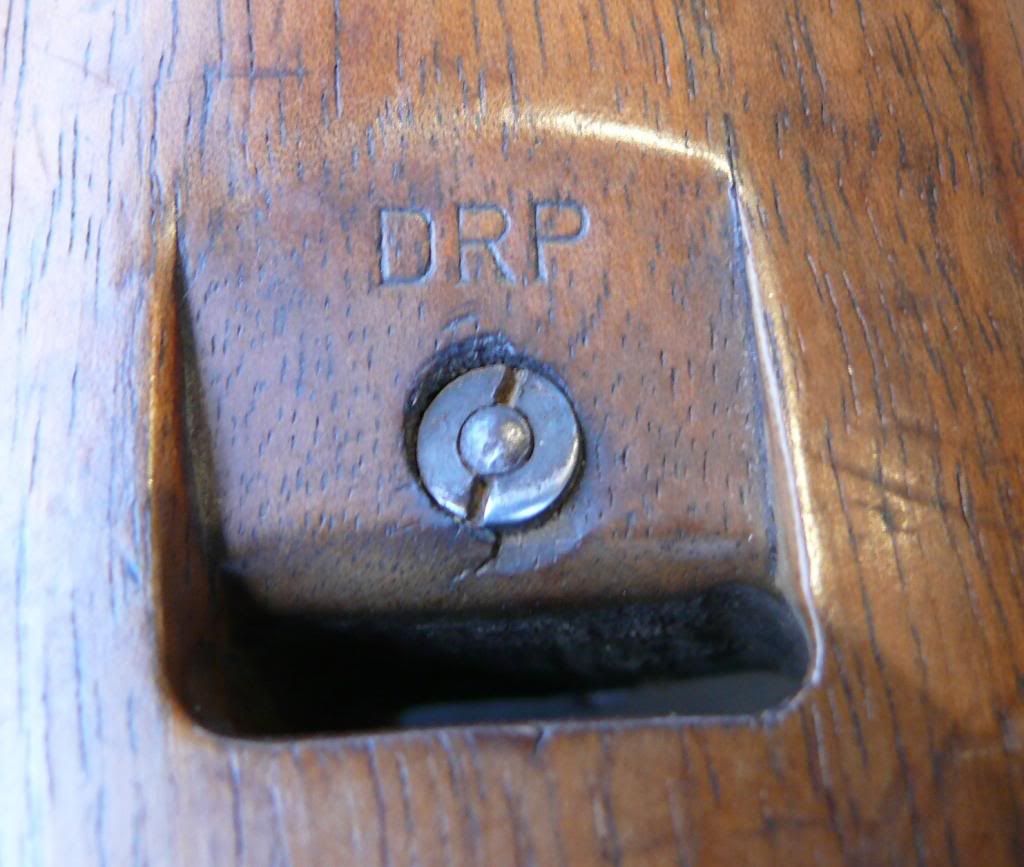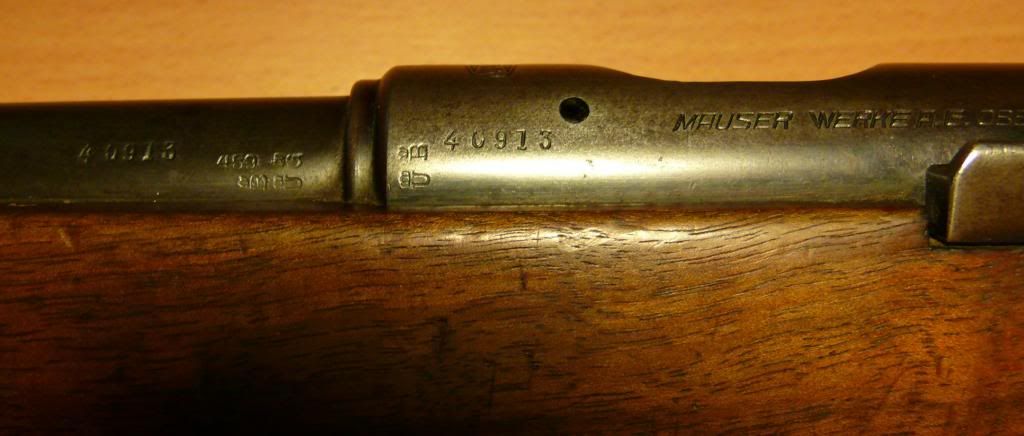Reference the following thread:
http://www.k98kforum.com/showthread.php?2268-DRP-Trainers-from-Mauser&highlight=drp
I am particularly fascinated by these. It is my intent to do a full chapter on them in my book on the Deutsches Sportmodell. In addition to these marvelous examples in the referenced thread, I have others located, accessible and photographed already.
It is my opinion, that these were procured in a large lot either direct from Mauser or through a retailer or jobber, and distributed by a central office of the DRP, not so much for use as trainers, but as “substitute” (stand-ins) for the big version.
I have nothing other than the guns themselves and my serial number observations and data base to work with currently. Received the following response from Jon Speed regarding any documents relative to the purchase of lots of Mauser DSM’s by the Deutsches Reichspost”
“Jim, I have NOT seen in the Mauser financial reports anything about the smaller sales of .22 rifles to the Post or any other group. I only have the total yearly sales data.”
The fact that these appear in a fairly tight serial number range (39-46K) approximately 1938 time frame infers to me that they were purchased due to the “big versions” not being available as K98K production priorities for the rapidly expanding Wehrmacht, conscription, etc came to bear.
A “holy grail” clue in my research has long been a photograph of a DRP official or mail carrier armed with a DSM in the course of official duties and not shooting or “training” with it. Such a photograph I believe would be a "silver bullet" substantiate that opinion.
Should any of you other students have observed or be in possession of, or know the location of such a photograph I would appreciate any help you might lend on that.
Further, I have never observed any of these purchased from any other maker than Mauser Oberndorf. Naturally the channels were well rehearsed from previous transactions on the "Mauser Gewehr for Deutsches Reichspost" so marvelously covered in Bruce and Farb's new book. IF ANYONE HAS A DSM SO MARKED BY ANY OTHER MAKER I would sincerely appreciate posting photos here or a personal confidential send to me.
I should state here, that unlike the 8mm version where a Mauser in-house term was applied to that variation of 98 centerfire rifle, the term; "Mauser DSM for the Deutsches Reichspost" is of my own spin to refer to this variation of the DSM and comes from no historical evidence that it was perceived by the Mauser Company as a "special" version of the Deutsches Sportmodell.
Here is another example to add to those already presented in the referenced post. This one and others documented have had the bands butt plates and trigger guards numbered to the gun post factory I believe. This lends further credence to this having been a large scale buy (appears now through a retailer) and the property marks done at a central location prior to distribution by the DRP.
http://www.k98kforum.com/showthread.php?2268-DRP-Trainers-from-Mauser&highlight=drp
I am particularly fascinated by these. It is my intent to do a full chapter on them in my book on the Deutsches Sportmodell. In addition to these marvelous examples in the referenced thread, I have others located, accessible and photographed already.
It is my opinion, that these were procured in a large lot either direct from Mauser or through a retailer or jobber, and distributed by a central office of the DRP, not so much for use as trainers, but as “substitute” (stand-ins) for the big version.
I have nothing other than the guns themselves and my serial number observations and data base to work with currently. Received the following response from Jon Speed regarding any documents relative to the purchase of lots of Mauser DSM’s by the Deutsches Reichspost”
“Jim, I have NOT seen in the Mauser financial reports anything about the smaller sales of .22 rifles to the Post or any other group. I only have the total yearly sales data.”
The fact that these appear in a fairly tight serial number range (39-46K) approximately 1938 time frame infers to me that they were purchased due to the “big versions” not being available as K98K production priorities for the rapidly expanding Wehrmacht, conscription, etc came to bear.
A “holy grail” clue in my research has long been a photograph of a DRP official or mail carrier armed with a DSM in the course of official duties and not shooting or “training” with it. Such a photograph I believe would be a "silver bullet" substantiate that opinion.
Should any of you other students have observed or be in possession of, or know the location of such a photograph I would appreciate any help you might lend on that.
Further, I have never observed any of these purchased from any other maker than Mauser Oberndorf. Naturally the channels were well rehearsed from previous transactions on the "Mauser Gewehr for Deutsches Reichspost" so marvelously covered in Bruce and Farb's new book. IF ANYONE HAS A DSM SO MARKED BY ANY OTHER MAKER I would sincerely appreciate posting photos here or a personal confidential send to me.
I should state here, that unlike the 8mm version where a Mauser in-house term was applied to that variation of 98 centerfire rifle, the term; "Mauser DSM for the Deutsches Reichspost" is of my own spin to refer to this variation of the DSM and comes from no historical evidence that it was perceived by the Mauser Company as a "special" version of the Deutsches Sportmodell.
Here is another example to add to those already presented in the referenced post. This one and others documented have had the bands butt plates and trigger guards numbered to the gun post factory I believe. This lends further credence to this having been a large scale buy (appears now through a retailer) and the property marks done at a central location prior to distribution by the DRP.
Attachments
Last edited:













